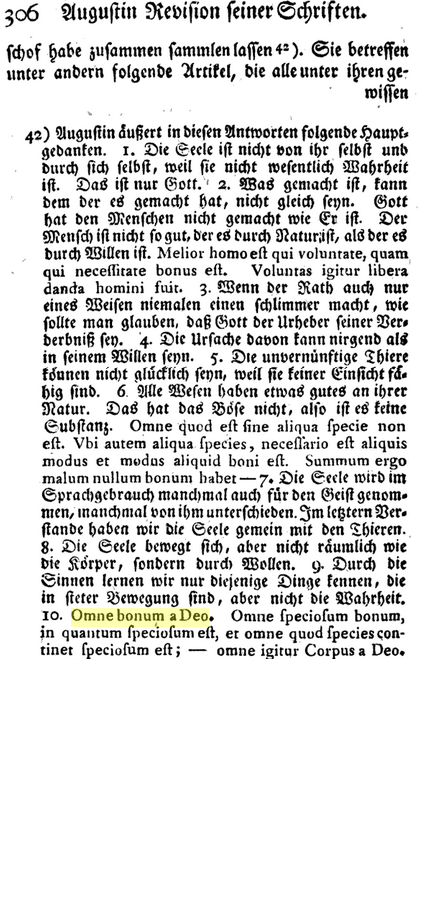In pagan societies and religions which are not based on the Old Testament, God(s) were Good and Evil. That did not pose any problem in polytheistic belief systems, but it did in monotheistic religions striving to monotheism and to conceptualize and label God.
The Tao, right translated by the Jesuits as God is referring to God in the unknowable sense, the God is beyond concept and beyond imagining. This concept corresponds in Gnosticism to Pleroma (the real God), to the Brahman in Hinduism, Ein Sof in Jewish Kabbalah.
Now, if God were to manifest in the temporal realm then we will have something that we can conceptualize and label – Evil and Good. Every religion came up with different solutions. For the Gnostics the label for this phenomenon was Abraxas. In the Old Testament God was named “Yahweh and the Four as symbolic number used throughout. The distant and remote God of the Old Testament “Yahweh” was an unkind one. Three is more prominent in the New Testament and it strongly emphasise the loving God, the Trinity of Father, son and Holy Ghost.
According to Jung, also God has a “shadow” – a dark side– that must be recognized for wholeness within religion – as for individual to occur. Every trinity, he proposed, has a hidden fourth, the whole of which is a quaternity. As was shown in the article before the assumption of Mary completed the hidden quaternity of the New Testament. C. G. Jung proposed a more sinister concept of a quaternity from the Old Testament, in his book Answer to Job. He concluded that Christianity had suppressed the role of evil. Now, where did Satan go?
- C.G. Jung referers to the Axiom “Omne bonum a Deo, omne malum ab homine., i.e., “All good from God, all evil from man” in Aion (Volume 8 collected Works of C.G. Jung). At the time of Augustine of Hippo (Augustinus)
this doctrine was developed, following the image in the New Testament of the only loving God. The Evil does exist, not in heavenly realm but in us. Only “Omne bonum a Deo” is a direct quote of of Augustine of Hippo though.
- The Evil is the Satan, as personified adversary of Jesus. A conception of God that incorporates both Good and Evil in two entities but part of the heavenly realm.
- Abraxas in Gnostics represents a mono-theistic God but quite different from the omni-benevolent God found in later Christianity. Its a conception of God that incorporates both Good and Evil in one entity. In Gnostic labels right Hand is God and Left hand the ignorant Demiurge, the halfcreator of a inperfect world.
The “early”Jung preferred clearly the latter concept, prominently introduced Abraxas in the “Seven Sermons of the death written 1916. Jung stated, that religious beliefs should be based on experiential self-knowledge and not on inherited doctrine or dogma’. In Jung’s system the Evil is defined by the concept of the shadow (often contaminated by Animus or Anima). As shadow is prone to projection, more patriarchical beliefs have vilified women for centuries as close to evil and seducers. Matriarchal beliefs ( including political views) see men as origin of death and creator of all earthly woe. Both are projections, both surpress their shadows, who hide their animus or anima.
It seems to me that Jung’s common nominator was the idea that in the individual represents a religious system. In the outer sections of the circle we have the outer mysteries of religion – the consciousness. That represent rules, the rituals and regulations. In the inner part of the circle is depicted the mystical heart of each religion, the mystical practices and disciplines designed to bring people into union with God – the unconsciousness. Towards the centre we find God – the self. The ultimate truth and base of all being. God is given different names, the assertion here is that all the different labels may referring to a similar meanings of God but conceptually there may be very different, inside and outside.

